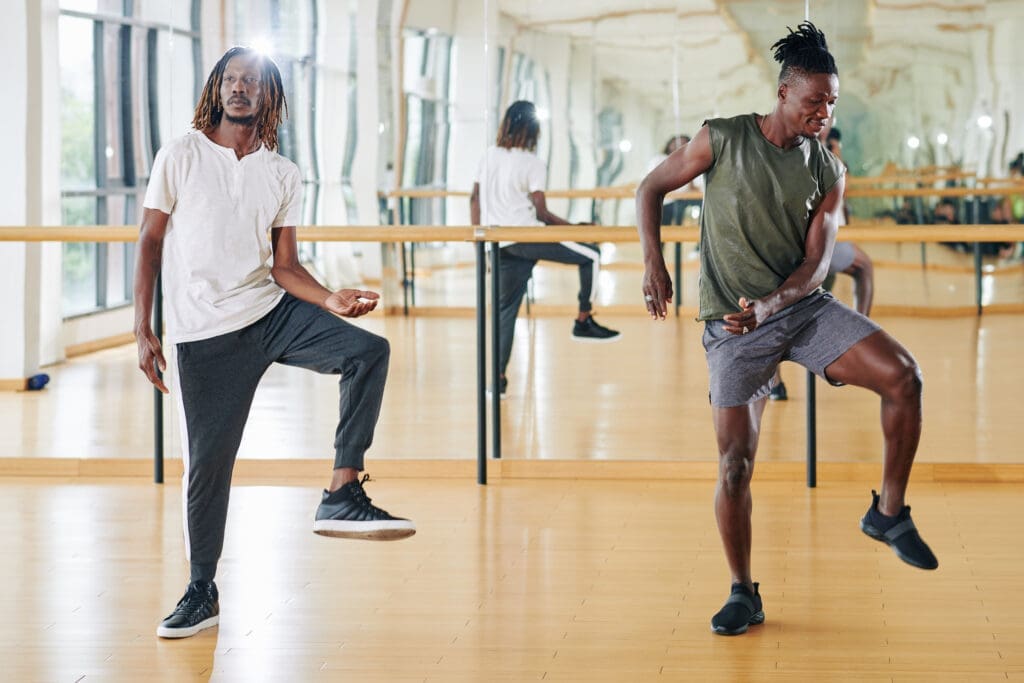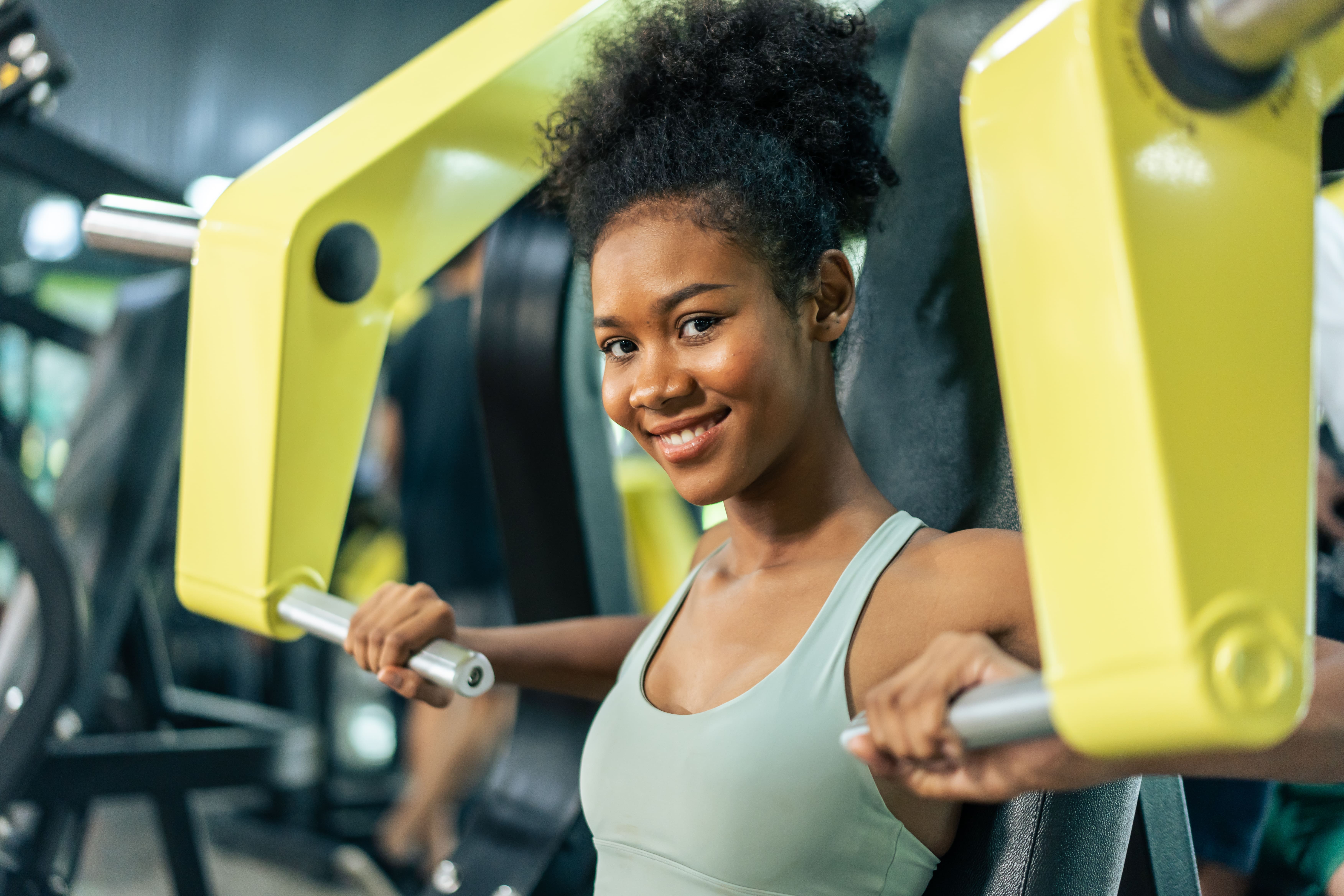Explore the New Fitness Trends
The Effect of Innovative Workout Routines on Physical Health (Part 1)
The quest for optimal physical health and well-being is an enduring journey that continually evolves with time, and is driven by advances in exercise science, technology, and our ever-expanding understanding of the human body. In this informative article, we embark on a deep exploration of the most cutting-edge workout routines and fitness trends that are reshaping the fitness landscape. From the explosive intensity of High-Intensity Interval Training (HIIT) to the tranquil depths of mindful breathing practices, we will journey through the world of fitness innovation, dissecting the science behind these trends, and uncovering their profound impacts on physical health.
- High-Intensity Interval Training (HIIT) – Unleashing the Power of Intensity
High-Intensity Interval Training (HIIT) has ignited a fitness revolution, challenging conventional wisdom and proving that less can indeed be more. The core principle of HIIT involves alternating between short bursts of high-intensity exercises and brief periods of recovery or lower-intensity exercises. The result? A workout that can elevate your heart rate, push your body to its limits, and deliver remarkable benefits in a fraction of the time compared to traditional workouts.
The science behind HIIT is compelling. Studies have shown that HIIT can significantly improve cardiovascular health by increasing the heart’s efficiency and reducing the risk of heart disease. Moreover, HIIT is a metabolic powerhouse, elevating your metabolism not just during the workout but also in the hours and even days that follow, thanks to a phenomenon known as the “afterburn effect.” This means you’ll be burning calories even when you’re at rest.
In terms of fat loss, HIIT has demonstrated an astonishing ability to burn visceral fat, the dangerous fat that wraps around internal organs and contributes to various health issues. This is a game-changer for those striving to shed excess weight. Moreover, HIIT has been found to improve insulin sensitivity, making it a valuable tool in managing blood sugar levels and preventing or managing type 2 diabetes.
- Functional Fitness – Strength for Real-Life Challenges
Functional fitness is more than just a trend; it’s a paradigm shift in the way we approach exercise. Instead of focusing solely on aesthetics or muscle isolation, functional fitness emphasises movements that mimic real-life activities. Think of it as training for the demands of everyday life.
This approach improves not just muscle strength but also balance, coordination, and flexibility. By targeting multiple muscle groups and incorporating movements like squats, lunges, and kettlebell swings, functional fitness prepares your body to perform tasks such as lifting groceries, carrying your child, or even reaching for items on high shelves with ease and reduced risk of injury.
Functional fitness is also a key player in fall prevention among older adults. It enhances core strength and stability, which is essential for maintaining balance and preventing falls that can lead to fractures and other serious injuries.
- Mind-Body Connection – A Holistic Approach to Well-being
In the realm of holistic well-being, the mind-body connection stands as a powerful and transformative concept. It encompasses various practices and approaches that foster harmony between mental and physical health, promoting a balanced and enriched life. You should know that there are numerous avenues for nurturing the mind-body connection, each with its unique benefits and appeal.
1. Pilates – The Core of Strength and Flexibility
Pilates, a fitness system developed by Joseph Pilates in the early 20th century, is renowned for its ability to enhance core strength, flexibility, and overall physical fitness. It emphasises precise movements that engage both the body and the mind. By focusing on proper alignment and controlled breathing, Pilates cultivates body awareness, promoting a deep connection between the physical and mental realms.
The mind-body benefits of Pilates extend beyond the physical. This practice encourages mindfulness, as practitioners must concentrate on each movement and the accompanying breath. This mindfulness can alleviate stress, improve concentration, and foster a sense of inner calm.
2. Tai Chi – Flowing Meditation in Motion
Tai Chi, often referred to as “meditation in motion,” is an ancient Chinese martial art that embodies the essence of the mind-body connection. It consists of slow, flowing movements that synchronise with deep, rhythmic breathing. Tai Chi not only enhances balance, flexibility, and physical strength but also encourages mental tranquillity and focus.
Through the practice of Tai Chi, individuals can achieve a heightened sense of body awareness. It promotes mindfulness of posture, balance, and the sensations experienced during each movement. This mindfulness carries over into daily life, helping individuals make conscious choices for their physical and mental well-being.
3. Feldenkrais Method – Reconnecting with Your Body’s Wisdom
The Feldenkrais Method, developed by Moshe Feldenkrais, is a holistic approach to physical and mental well-being that aims to improve movement patterns and alleviate pain. This method uses gentle, exploratory movements and heightened body awareness to retrain the nervous system. It encourages individuals to become attuned to their bodies and move with greater ease and efficiency.
By practising the Feldenkrais Method, individuals could foster a profound mind-body connection. It helps them uncover the innate wisdom of their bodies, promoting self-awareness and the ability to make choices that support their physical and emotional health.
4. Alexander Technique – A Journey to Poise and Presence
The Alexander Technique is an educational method that focuses on improving posture, movement, and overall well-being. Developed by Frederick Matthias Alexander, this practice encourages individuals to explore their movement patterns and habits and learn to move with greater poise and efficiency.
Central to the Alexander Technique is the idea that mental and physical well-being are interconnected. Through increased awareness of how they use their bodies, individuals can release tension, reduce stress, and improve posture. This heightened body awareness extends to daily life, helping individuals carry themselves with greater confidence and presence.

5. Dance Therapy – Expressive Movement for Emotional Well-being
Dance therapy, also known as dance/movement therapy, is a form of psychotherapy that utilises expressive movement to promote emotional and psychological healing. It recognises the inherent connection between the body and the mind and uses dance and movement as tools for self-expression, exploration, and healing.
Dance therapy allows individuals to tap into their emotions and release pent-up stress or trauma through movement. It offers a non-verbal means of communication, making it particularly beneficial for those who struggle to express themselves verbally. Through dance therapy, individuals can develop a deeper understanding of their emotions and improve their mental and emotional well-being.
Each of these techniques offers unique approaches to achieving harmony between mental and physical well-being. Each of these practices encourages mindfulness, self-awareness, and the cultivation of a profound mind-body connection, ultimately contributing to a more balanced and enriched life. The key lies in exploring these diverse paths and discovering the one that resonates most deeply with your personal journey toward holistic well-being.
- Aerial Fitness – Defying Gravity with Grace
Aerial fitness is a mesmerising fusion of strength, flexibility, and creativity. This trend takes exercise to new heights, literally, as participants perform acrobatic movements while suspended from apparatuses like aerial silks, hoops, and poles.
Aerial fitness develops impressive upper body strength as participants use their arms and shoulders to support their body weight. This not only builds lean muscle but also enhances core strength and stability as the body learns to control and balance in the air. Additionally, the flexibility demands of aerial movements can lead to increased range of motion and a more agile body.
Beyond the physical benefits, aerial fitness cultivates a sense of accomplishment and self-confidence. It encourages participants to push their boundaries, both mentally and physically, and to embrace a sense of playfulness and creativity in their workouts.
Stay tuned for the upcoming Part 2, where we’ll delve deeper into additional effective innovative workout routines and their impact on your physical health.



